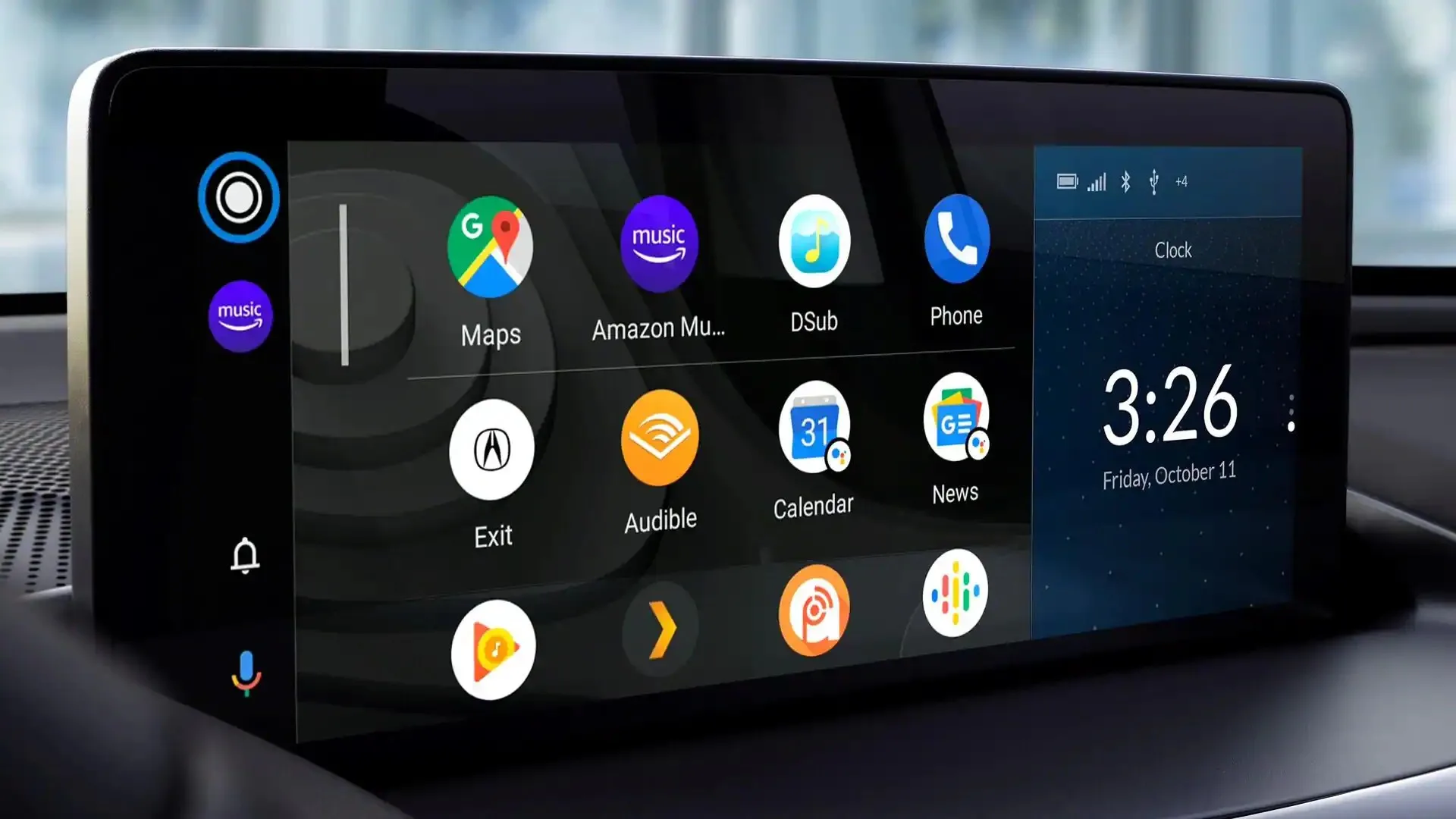Google is officially ending Android Auto support for phones running Android 8.0 Oreo and Android 8.1 Oreo, a move that will see 19 Xiaomi phones lose support. Starting August 5, 2025 , with the release of Android Auto 15.5, these devices will no longer receive browser or Android Auto updates. This is in line with Google’s recent adjustment to Android Auto’s minimum requirement, which now requires Android 9 or later . Users of older Mi and Redmi models will increasingly be incompatible with new web and software features for the car.
Affected Xiaomi devices
Below are the Xiaomi and Redmi phones that will no longer receive Android Auto updates:
- Mi Series: Mi 5, Mi 5s, Mi 5s Plus, Mi 6, Mi 6X, Mi 5X, Mi A1, Mi MIX 2, Mi MIX 3 5G, Mi Max, Mi Max 2, Mi Note 3
- Redmi Series: Redmi 4/4X/4 Prime, Redmi 5/5A/5 Plus, Redmi Note 4/4X, Redmi Note 5/5 Pro/5A/5A Prime, Redmi Note 6 Pro, Redmi 6/6A
These devices, released between 2016 and 2018 , were originally built with Android 7-8 software that no longer supports the frameworks needed for the new AI and connectivity features Google plans to add to future versions of Android Auto.
Why Android 8 devices are losing compatibility
Android 8 was introduced in 2017, and while it was a significant upgrade at the time, it can no longer meet the hardware and software requirements of upcoming Google technologies. The introduction of Gemini , Google’s next-generation AI assistant designed for Android Auto, requires more modern chipsets and improved system-level security. Older Xiaomi devices running Android 8 don’t meet these standards, making them incompatible with upcoming updates.
Google’s action ensures that Android Auto remains reliable, secure, and capable of supporting future features like voice-powered AI navigation , contextual search , and in-vehicle smart assistants .
What Xiaomi users can do
If you own one of the devices mentioned above, you still have a couple of options:
- Upgrade to a newer Xiaomi phone – Newer models like the Xiaomi Mi 10T Pro and POCO F8 come pre-installed with HyperOS 3 based on Android 16, ensuring long-term compatibility with Android Auto.
- Temporarily stick to the latest versions – Android Auto 15.5 will work for a while, but won’t receive updates or bug fixes.
- Use Bluetooth connectivity – Users can also connect devices to cars that don’t have Android Auto using Bluetooth for navigation and music.
A broader vision
The Android 8 release is one of the milestones toward AI-powered mobility . As Google transitions to Gemini and more integrated car systems, Xiaomi users are encouraged to bring their systems in line with recent system updates. With the launch of HyperOS 2 , Xiaomi aims to further align its ecosystem with Google’s evolving standards, introducing improved connectivity, better performance, and longer software lifespans.


 Emir Bardakçı
Emir Bardakçı


